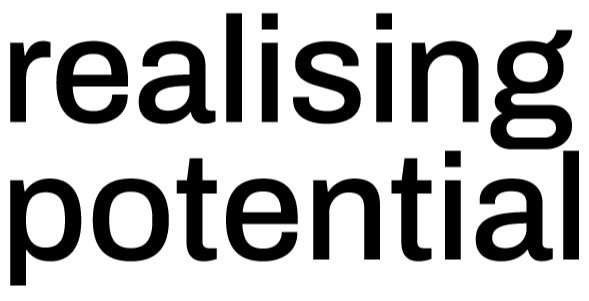Maximising the value of “Specific” and “Big” Data
In the race to harness the power of data to improve and transform, many small and medium size businesses are being led to believe the more data they have the better. However, for many small and medium size firms, we have found that big data often becomes part of the problem and not the solution. Having multiple systems in play, data stored in multiple locations, not being able to access the data needed and data quality issues are increasing challenges.
The data and information we need to see, and use, depends on the task at hand and the choices and decisions we need to make. Sometimes we need to work with large data and information sets, and at others we need to work with smaller more specific data sets.
“Specific data” as opposed to “Big Data” can require different approaches for collation, navigation, exploration and analysis. It’s not always about accumulating massive amounts of data and information, its about effectively using the data and information available, and quickly getting the best out of it.
In a world where it is getting harder to make sense of things, in gaining visibility of the information we need; in getting things done under time-pressures, we need better ways to do things. Ways that will save time and provide the understanding, insight and context so we can be confident in the choices and decisions we make. We need visibility of the things that are important and matter when needed.
This is where specific data visualisation comes in. They allow us to take things such as single documents, multiple documents, spreadsheets, or system files and visualise and create models that quickly allows us to see and query content, understand relationships, linkages, and context. Prior to using tools like these analysing a complex 400-page document could take hours or days, we can now do it in minutes.
Data visualisation tools are fast becoming an approach of choice for non-technical users to better explore and analyse both specific and big data.
If you want to put specific data to work and unearth quick insights from it, contact us and let us show you how.

